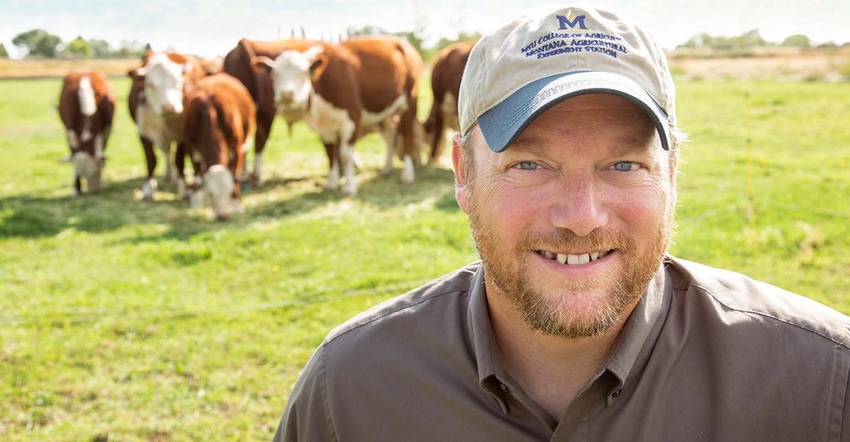
Averages can be deceiving, but a look at a recent data set about farm income from USDA-ERS can be eye-opening. It suggests that on-farm income since 2013 has decreased each of the past five years, now down to a projected $21,130.
Off-farm income, in contrast, has stayed more or less steady during that time – and from a financial standpoint, it has clocked in more than four times the amount of on-farm income in 2017.
The decision to pursue off-farm income is not always a difficult one, especially when it involves a spouse. Generating that kind of income is a type of risk diversification, and one that often brings extra benefits such as healthcare coverage to the family.
But when it’s the farmer himself or herself considering off-farm employment, the decision becomes another animal entirely, according to North Dakota farmer Bart Schott.
“It’s a difficult decision to start burning the candle at both ends,” he says. “It’s easy to get behind, there’s no family time. It doesn’t appear to be a long-term solution, and I don’t see any clear answers.”
But with consecutive years of low commodity prices, off-farm income can be part of the puzzle – just make sure all the pieces fit together, Schott says.
“You have to find the balance to stay in the black,” he says.
Regional variables
Availability is the first big piece of that puzzle, Schott says. What types of opportunities are – and aren’t – available can play a large role in what kind of off-farm income will be viable for a particular farm family.
For example, Schott points out that rural North Dakota has made a concerted effort over the years to keep healthcare strong with a network of rural hospitals, clinics and even hospice care. Because of that, he says a nursing degree opens up some real flexibility in his area.
“There will be a job for you there on a shift that works for you,” he says.
Schott’s son works in the medical field, in fact – and that’s one way he is able to split time on and off the farm, having found a job where he can rotate and swap shifts with coworkers.
Flexibility can be a big sticking point with diversification of income, says Iowa Farmer Kevin Ross. That’s a big challenge those who provide custom fieldwork for other farmers have found out.
“You want to fit it in when you’re not busy on your own operation,” he says, “but seasonal labor tends to hit right at that same time frame.”
Seasonal off-farm labor offers a different challenge: access. That’s another regional variable to consider. Those farming close to a big city might have some additional seasonal opportunities than others facing down a longer commute.
“Rural America doesn’t have the access to some jobs that other places might,” Ross says. “It’s a lot harder to find a job for two or three months with decent pay.”
DIY employment?
Idaho farmer Matt Brechwald spent 15 years at a rewarding career in law enforcement, but his heart belonged to farming. In 2011, he and his wife bought a small farm near Boise and started burning the proverbial candle at both ends, commuting to and from the city to keep both careers afloat.
Then Brechwald began to investigate entrepreneurship as a possible solution, and those puzzle pieces finally started falling into place.
“I kept looking for something practical,” Brechwald says. “What could I do that people would pay me to do?”
The answer came in the form of a regional varmint called the pocket gopher – a scourge for area livestock producers and homeowners alike. By launching his own pest control service, Brechwald was able to keep income closer to home, kill his commute and ultimately spend more time on his preferred career.
Brechwald has since launched a podcast – aptly named “The Off-Farm Income Podcast” – interviewing hundreds of other farmers about their own entrepreneurship efforts.
“Entrepreneurship is a way to bridge the gap and make a good living by solving other people’s problems,” he says. “You can take the skills you already use to farm and leverage it into another business. Start by looking for holes in your local market.”
What it takes
One thing is for certain, Schott says – solving the off-farm income puzzle will likely take some ingenuity and more than a bit of elbow grease. But he says farmers have always been up to the task, and that’s not about to change anytime soon.
“The next generation of farmers is not afraid of hard work or commitment,” he says.
About the Author(s)
You May Also Like






